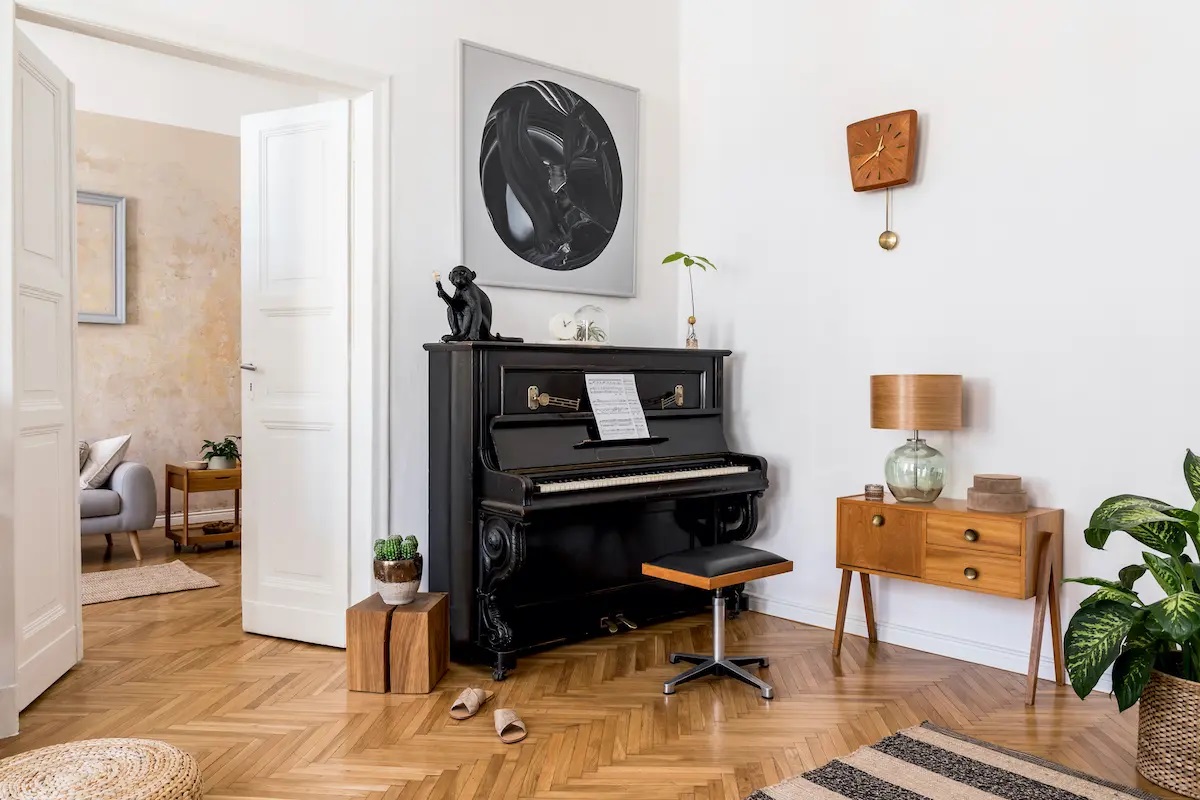

Articles
How To Store A Piano
Modified: January 18, 2024
Learn the proper way to store a piano with these helpful articles. Find expert tips and advice to protect your valuable instrument.
(Many of the links in this article redirect to a specific reviewed product. Your purchase of these products through affiliate links helps to generate commission for Storables.com, at no extra cost. Learn more)
Introduction
Storing a piano can be a challenging task, as pianos are delicate and sensitive instruments. Whether you are moving to a new home, renovating your current space, or just need to temporarily store your piano, it is crucial to handle it with care to maintain its integrity and sound quality. From choosing the right location to ensuring proper temperature and humidity control, there are several factors to consider when storing a piano.
In this article, we will guide you through the process of storing a piano effectively. We will discuss the importance of choosing the right location and maintaining the ideal temperature and humidity levels. We will also explore the necessary steps for cleaning, disassembling (if required), wrapping, packaging, and transporting the piano. Additionally, we will provide tips for unpacking, reassembling, and regular maintenance.
Whether you have a grand piano, upright piano, or digital piano, these guidelines will help you store your instrument safely and keep it in optimal condition. By following these steps, you can ensure that your piano remains protected during storage and is ready to be enjoyed when you are ready to play again.
Key Takeaways:
- Choose a stable, moderate-temperature location with controlled humidity to store your piano. Protect it from direct sunlight and ensure a level, stable floor to minimize potential damage.
- Prioritize professional movers for safe transportation and consider climate-controlled storage. Carefully unpack and reassemble the piano, and schedule regular maintenance to preserve its quality.
Read more: How To Store A Piano In A Garage
Choosing the Right Location
When it comes to storing a piano, selecting the right location is crucial. Ideally, you want to find a space that offers a stable environment and protection from potential hazards. Here are a few factors to consider:
- Avoid Extreme Temperatures: Pianos are sensitive to temperature fluctuations. It is best to avoid areas that are prone to extreme heat or cold, such as attics, basements, or outdoor sheds. Opt for a room with a relatively constant temperature.
- Controlled Humidity: Humidity levels can impact the structural integrity of a piano. Extreme humidity can cause wood to warp or swell, affecting the piano’s sound quality. Look for a location with moderate humidity levels, ideally between 40% and 60%.
- Avoid Direct Sunlight: Prolonged exposure to direct sunlight can cause the piano’s finish to fade and the wood to warp. Choose a spot away from windows or use curtains or blinds to shield the piano from excessive sunlight.
- Stable Flooring: Ensure that the location has a stable and level floor to prevent any potential damage. Avoid placing the piano on carpeted areas, as they may absorb moisture.
Additionally, consider the accessibility of the location. If you anticipate needing to access the piano during its storage period, make sure the space allows for easy entry and movement of the instrument.
By carefully selecting an appropriate location, you can minimize the risk of damage to your piano and ensure its safety during the storage period.
Temperature and Humidity Control
Proper temperature and humidity control are essential for preserving the integrity of a piano when in storage. Fluctuations in temperature and humidity can lead to structural damage and affect the piano’s sound quality. Here are some tips to help you maintain the ideal conditions:
- Temperature: Pianos are best stored in areas with temperatures between 65°F and 75°F (18°C and 24°C). Avoid locations that are susceptible to extreme cold or heat. Drastic temperature changes can cause the piano’s wood to expand or contract, potentially resulting in tuning instability and structural damage.
- Humidity: Pianos are sensitive to changes in humidity levels. The ideal humidity range for piano storage is between 40% and 60%. Excessive humidity can cause the wood to swell, while low humidity can lead to dryness and potential cracking. To maintain the optimal humidity level, consider using a dehumidifier or humidifier in the storage area.
- Hygrometer: Investing in a hygrometer is a wise decision. This device measures the humidity levels in the storage area and allows you to monitor and adjust as needed. Place the hygrometer near the piano to get an accurate reading of the conditions.
It is essential to regularly check the temperature and humidity levels in the storage area to ensure they remain within the recommended range. Make any necessary adjustments to maintain stable conditions and protect your piano from potential damage.
Remember that rapid changes in temperature or humidity can be more detrimental to your piano than consistent but less than ideal conditions. Gradual changes are generally better tolerated by the instrument.
By controlling the temperature and humidity in the storage area, you can help safeguard your piano and preserve its quality and longevity.
Cleaning and Dusting
Prior to storing your piano, it is crucial to clean and dust it thoroughly. Proper cleaning helps prevent the buildup of dust and dirt, which can damage the piano’s internal components and affect its performance. Here are some steps to follow when cleaning and dusting your piano:
- Gently Dust the Exterior: Start by using a soft, lint-free cloth or feather duster to remove dust from the exterior surfaces of the piano. Avoid using any abrasive materials or harsh chemicals that could potentially damage the finish.
- Clean the Keys: Use a damp cloth with mild soap and water to clean the piano keys. Only dampen the cloth slightly; excessive moisture can damage the keys. Wipe each key from left to right, and remember to dry them thoroughly afterward.
- Avoid Polishing the Finish: While it may be tempting to use furniture polish or other cleaning products on the piano’s finish, these can actually harm the surface. Stick to using a soft cloth for dusting and leave any major refinishing or restoration work to the professionals.
- Consult a Professional: If your piano requires more extensive cleaning or maintenance, it is recommended to consult a professional piano technician. They have the expertise and tools to safely clean and service the instrument.
Regular dusting and cleaning are essential even during the storage period. Dust can accumulate on the piano’s surface and inside its components, so periodically check and clean the instrument to maintain its cleanliness and performance.
By taking the time to properly clean and dust your piano before storage, you can help ensure its longevity and protect it from potential damage caused by dust and dirt accumulation.
Disassembly (If Required)
Not all pianos need to be disassembled for storage, but some larger and more delicate models may require disassembly to ensure their safe transportation and storage. If you are uncertain whether your piano needs to be disassembled, consult a professional piano technician for guidance. Here are some steps to follow if disassembly is required:
- Consult a Professional: Before attempting to disassemble your piano, it is essential to seek professional advice. A piano technician or mover with experience in piano disassembly can guide you and ensure the process is done correctly.
- Secure the Keyboard Lid: If your piano has a keyboard lid, make sure it is securely closed and fastened. This helps protect the keys and prevent any potential damage during transportation and storage.
- Remove Pedals and Other Components: Depending on the type of piano, you may need to remove the pedals, music desk, and other detachable components. Follow the manufacturer’s instructions or seek professional advice on how to safely remove these parts.
- Detach the Legs: Carefully remove the legs of the piano if they are detachable. This often involves unscrewing or releasing locking mechanisms. Be sure to label each leg to make reassembly easier later.
- Wrap and Secure Components: Once the individual components are detached, wrap them carefully in protective material, such as blankets or bubble wrap. Secure them well to prevent shifting during transportation and potential damage.
- Label and Store Screws and Small Parts: If you have removed any screws or small parts, keep them in a labeled container to ensure they are not lost during the storage period. This will make reassembly much easier when the piano is ready to be put back together.
Remember, disassembling a piano can be a complex and delicate process. If you are unsure or uncomfortable with this step, it is always best to consult a professional piano technician or mover. Their expertise will help ensure your piano is disassembled and stored correctly, minimizing the risk of damage.
When storing a piano, make sure to keep it in a climate-controlled environment to prevent damage from temperature and humidity fluctuations. Cover it with a breathable cloth to protect it from dust and debris.
Read more: How To Make A Piano Keys Quilt Border
Wrapping and Packaging
Once your piano is disassembled (if required), it is crucial to wrap and package each component carefully. Proper wrapping and packaging will protect your piano from scratches, moisture, and other potential damage during transportation and storage. Follow these steps to ensure the safe wrapping and packaging of your piano:
- Use Protective Covers: Start by placing a soft, breathable cover, such as a piano cover or moving blanket, over the piano’s body. This will provide an additional layer of protection against scratches and dust.
- Wrap Disassembled Components: Wrap each disassembled component, such as the legs, pedals, and detached parts, in a separate protective material, such as bubble wrap or moving blankets. Secure the wrapping with tape to keep it in place.
- Secure Wrapping with Straps or Tape: After wrapping each component, use heavy-duty straps or packing tape to secure the wrapping and prevent it from shifting during transportation or storage.
- Label Packed Components: Clearly label each wrapped component to make it easier to identify and locate during the unpacking and reassembly process. Use a waterproof marker or labels to ensure the labels remain intact.
- Add Extra Padding: If there are any gaps within the packaging or extra space in the storage area, fill them with additional padding, such as foam or packing peanuts. This will help prevent movement and cushion the piano against any potential impacts or vibrations.
- Consider Climate-Controlled Storage: If possible, opt for a climate-controlled storage facility. These facilities maintain a stable temperature and humidity level, ensuring optimal conditions for piano storage.
Remember to handle each wrapped component with care to avoid any sudden impact or dropping. Proper packaging will help protect your piano from potential damage during transportation and storage, ensuring its safekeeping and preserving its quality.
Transportation and Moving
Transporting a piano requires careful planning and execution to ensure its safety and prevent any damage. Whether you are moving the piano to a storage facility or a new location, follow these guidelines for a smooth and secure transportation process:
- Hire Professional Piano Movers: It is highly recommended to hire professional piano movers who have experience in transporting pianos. They have the necessary equipment, expertise, and techniques to handle the instrument safely.
- Protective Equipment: Professional movers will use specialized equipment, such as piano dollies, ramps, and straps, to secure and transport the piano. Make sure they have these tools on hand to ensure safe and efficient moving.
- Wrap the Piano: Ensure the piano is properly wrapped and protected before transportation. Use moving blankets or padded covers to shield it from scratches and impacts.
- Securely Load the Piano: When loading the piano into the moving truck or van, position it in a way that minimizes movement during transit. Secure it with straps or restraints to prevent shifting or tipping.
- Safe Driving: If you are transporting the piano yourself, drive cautiously and avoid sudden stops, turns, or rough roads. Drive at a steady speed to minimize vibrations and potential damage to the instrument.
- Unloading with Care: Whether you are unloading the piano yourself or with the help of professionals, take extra care during the unloading process. Use ramps or dollies to safely bring the piano down from the truck and into the storage facility or new location.
Always prioritize safety when moving a piano, as it is a heavy and delicate instrument. Professional piano movers have the knowledge and experience to handle the process efficiently and minimize the risk of damage.
If you are unsure about your ability to transport the piano safely, it is best to seek the help of professional movers who specialize in piano transportation. They will ensure that your piano arrives at the designated location in the same condition as when it was packed.
Unpacking and Reassembly
After safely transporting your piano to its new location or storage facility, it’s time to unpack and reassemble the instrument. Follow these steps to ensure a smooth and successful unpacking and reassembly process:
- Create a Layout Plan: Before unpacking, assess the space where the piano will be placed. Create a layout plan to ensure the piano fits comfortably and is positioned in an ideal location.
- Unwrap and Inspect: Remove the protective covers and unwrap each component of the piano, taking care not to damage any delicate parts. Inspect the components for any signs of damage or shifts during transportation.
- Assemble Legs (if applicable): If you had removed the legs during disassembly, reattach them according to the manufacturer’s instructions. Make sure to secure them tightly but avoid overtightening.
- Attach Pedals and Other Components: Reattach any detached parts, such as the pedals and music desk, ensuring they are properly aligned and secured.
- Proper Placement: Carefully position the piano in the designated location, using a piano dolly or the assistance of others to avoid any potential strain or damage.
- Tuning and Maintenance: Once the piano is reassembled, it is recommended to have it professionally tuned. Moving and changes in temperature and humidity can affect the piano’s tuning. Additionally, follow the manufacturer’s guidelines for regular maintenance to keep your piano in optimal condition.
Take your time during the unpacking and reassembly process to ensure everything is done correctly. If you encounter any difficulties or need assistance, consider consulting a professional piano technician for guidance.
By carefully unpacking and reassembling your piano, you can enjoy its beautiful sound and restore it to its fully functional state.
Regular Maintenance Tips
Regular maintenance is crucial to keep your piano in optimal condition, whether it is in regular use or in storage. Here are some essential maintenance tips to help you preserve the longevity and performance of your piano:
- Keep it Clean: Dust the piano regularly using a soft, lint-free cloth. Avoid using any cleaning agents or polish that may damage the finish. Clean the keys gently with a damp cloth and mild soap if necessary.
- Monitor and Control Humidity: Check the humidity levels regularly using a hygrometer and make adjustments as necessary. Investing in a humidity control system or using a dehumidifier or humidifier can help maintain stable humidity levels.
- Protect from Sunlight: Keep your piano away from direct sunlight to prevent damage to the finish and potential warping or cracking of the wood. Use curtains or blinds to shield the instrument if necessary.
- Regulate Temperature: Ensure that the room where the piano is located maintains a stable temperature between 65°F and 75°F (18°C to 24°C). Avoid placing the piano near sources of extreme heat or cold, such as radiators or air conditioning units.
- Professional Tuning: Schedule regular professional piano tunings. Moving or changes in humidity can affect the piano’s tuning, so it is recommended to have it tuned at least once or twice a year or as advised by a piano technician.
- Protective Covers: If your piano is not in regular use, consider using a protective cover to shield it from dust and potential damage. Ensure that the cover is made of breathable material to prevent moisture buildup.
- Avoid Liquids: Keep liquids away from the piano at all times. Spills can cause severe damage to the internal components or ruin the finish.
- Regular Play: If possible, play your piano regularly. Regular play keeps the internal mechanics active and can help prevent sticking keys or other issues caused by lack of use.
Remember that even when your piano is in storage, it still requires periodic care and maintenance. Following these maintenance tips will help preserve the integrity of your piano and ensure that it remains in excellent condition for years to come.
Read more: How To Move An Upright Piano Upstairs
Conclusion
Storing a piano requires careful consideration and attention to detail to ensure its safety and preservation. By following the guidelines mentioned in this article, you can successfully store your piano and safeguard its condition.
Start by choosing the right location that offers stable temperature and humidity levels. Protect your piano from extreme temperatures, direct sunlight, and excessive humidity. Regularly clean and dust the instrument, paying special attention to the keys.
If necessary, disassemble the piano with the help of a professional to ensure proper handling. Wrap and package each component securely to prevent damage during transportation and storage.
During the transportation process, hire professional movers experienced in handling pianos. If you choose to transport the piano yourself, exercise caution and ensure a smooth journey.
When it’s time to unpack and reassemble the piano, do so carefully and follow the manufacturer’s instructions. If you encounter any difficulties, consult a professional piano technician for assistance.
Once your piano is in its new location or storage facility, remember to schedule regular maintenance. Keep the piano clean, control humidity levels, protect it from sunlight, and seek professional tuning regularly.
In conclusion, storing a piano requires proper planning, preparation, and care. By implementing the tips and techniques outlined in this article, you can maintain the condition and quality of your piano, ensuring that it continues to bring joy and beautiful music for years to come.
Frequently Asked Questions about How To Store A Piano
Was this page helpful?
At Storables.com, we guarantee accurate and reliable information. Our content, validated by Expert Board Contributors, is crafted following stringent Editorial Policies. We're committed to providing you with well-researched, expert-backed insights for all your informational needs.
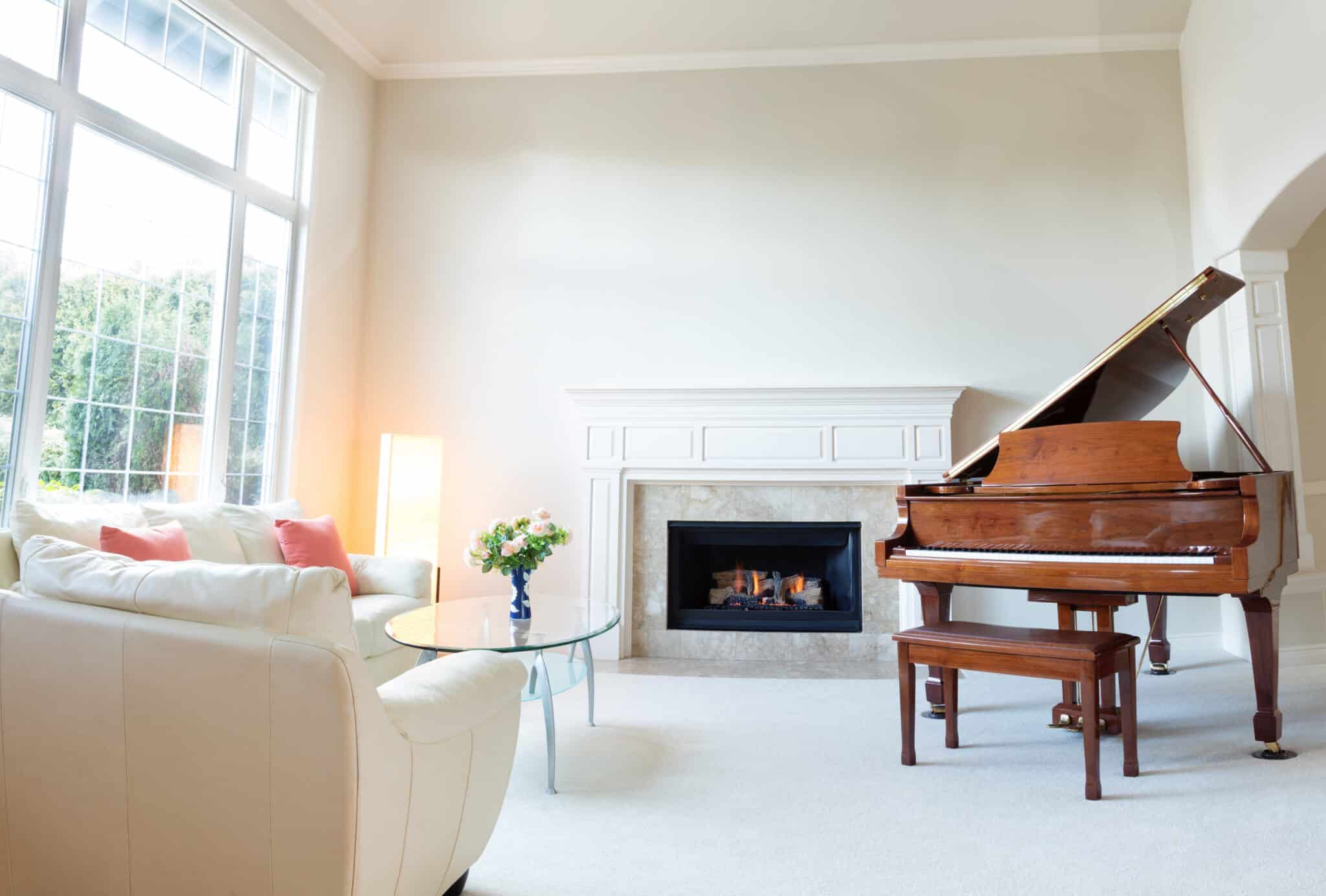
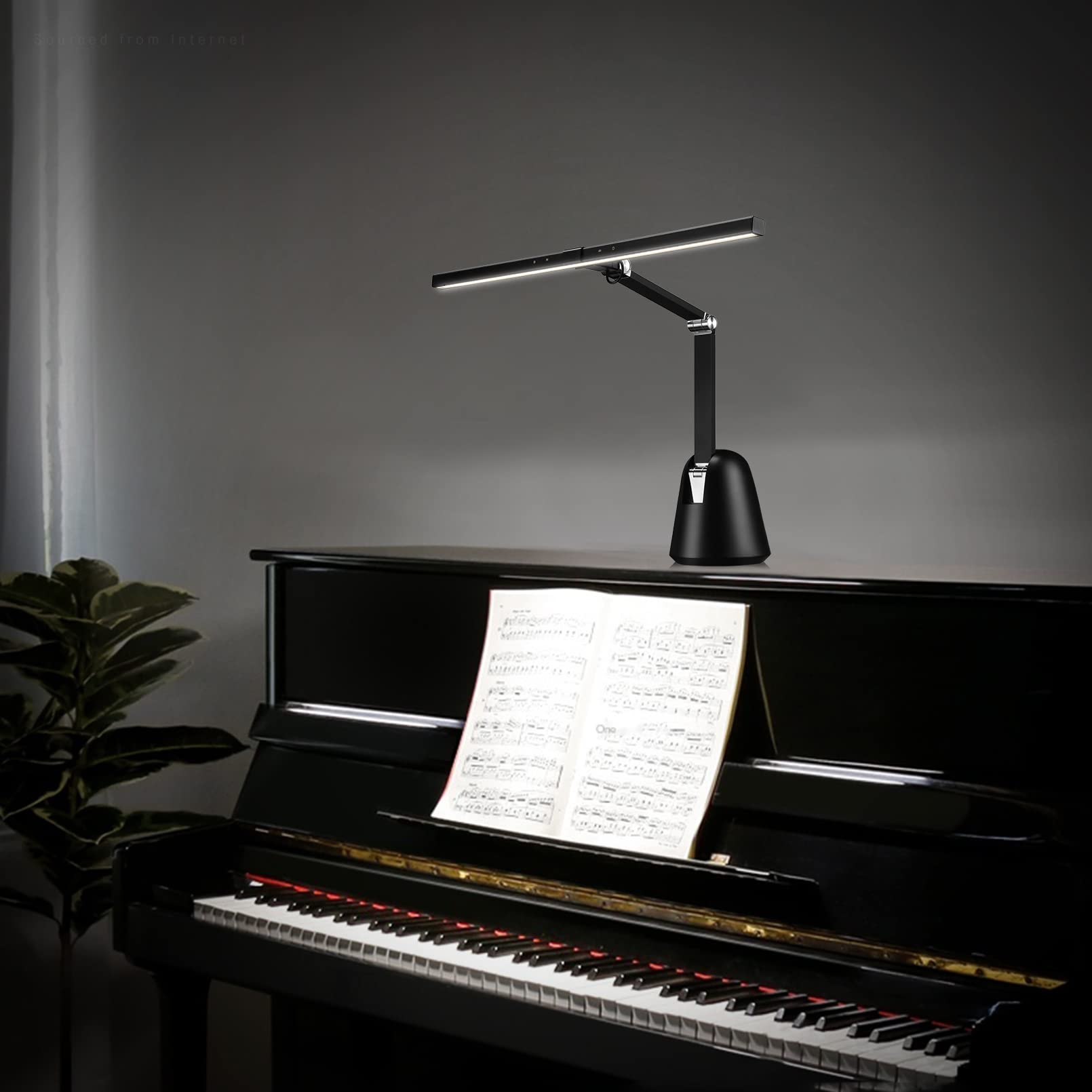
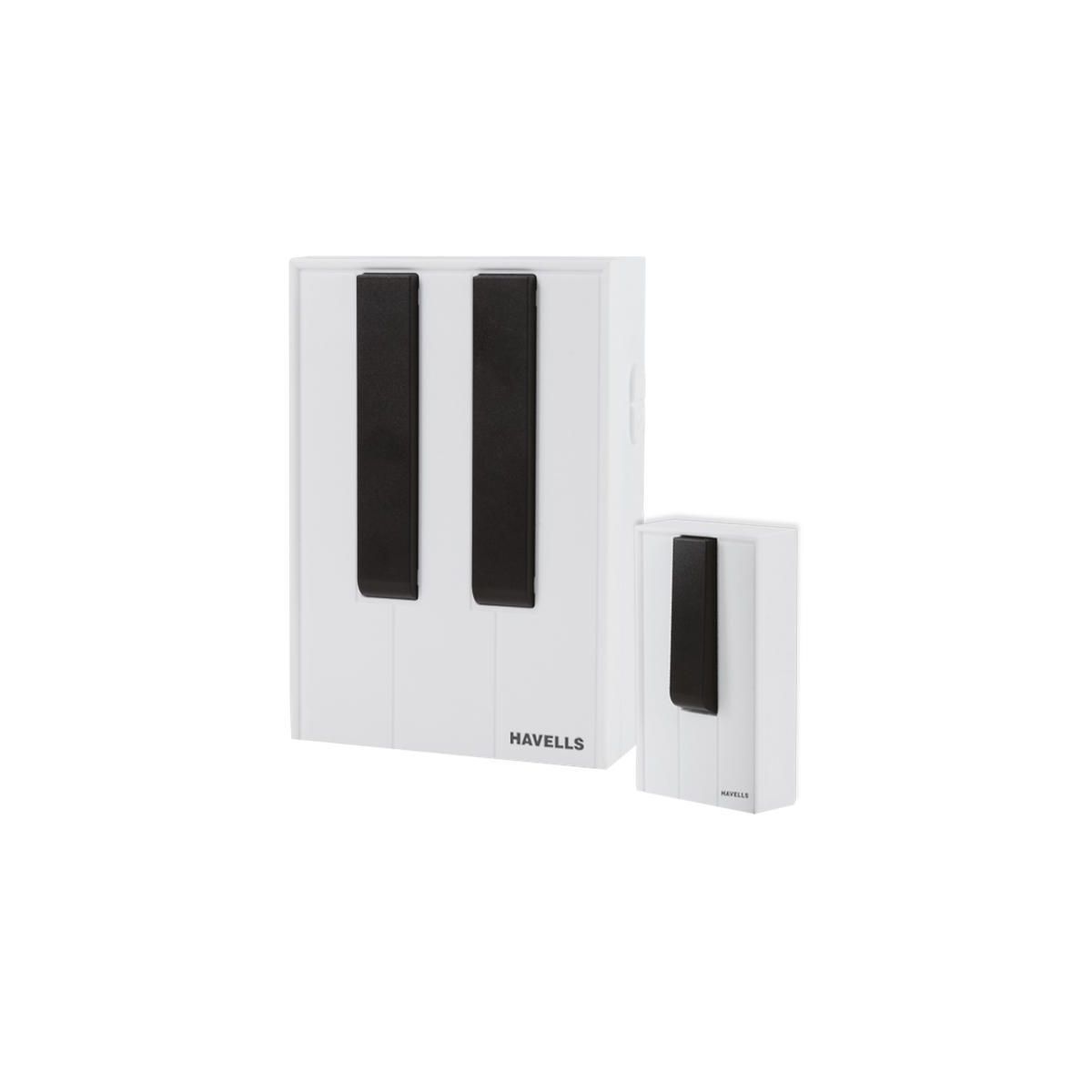
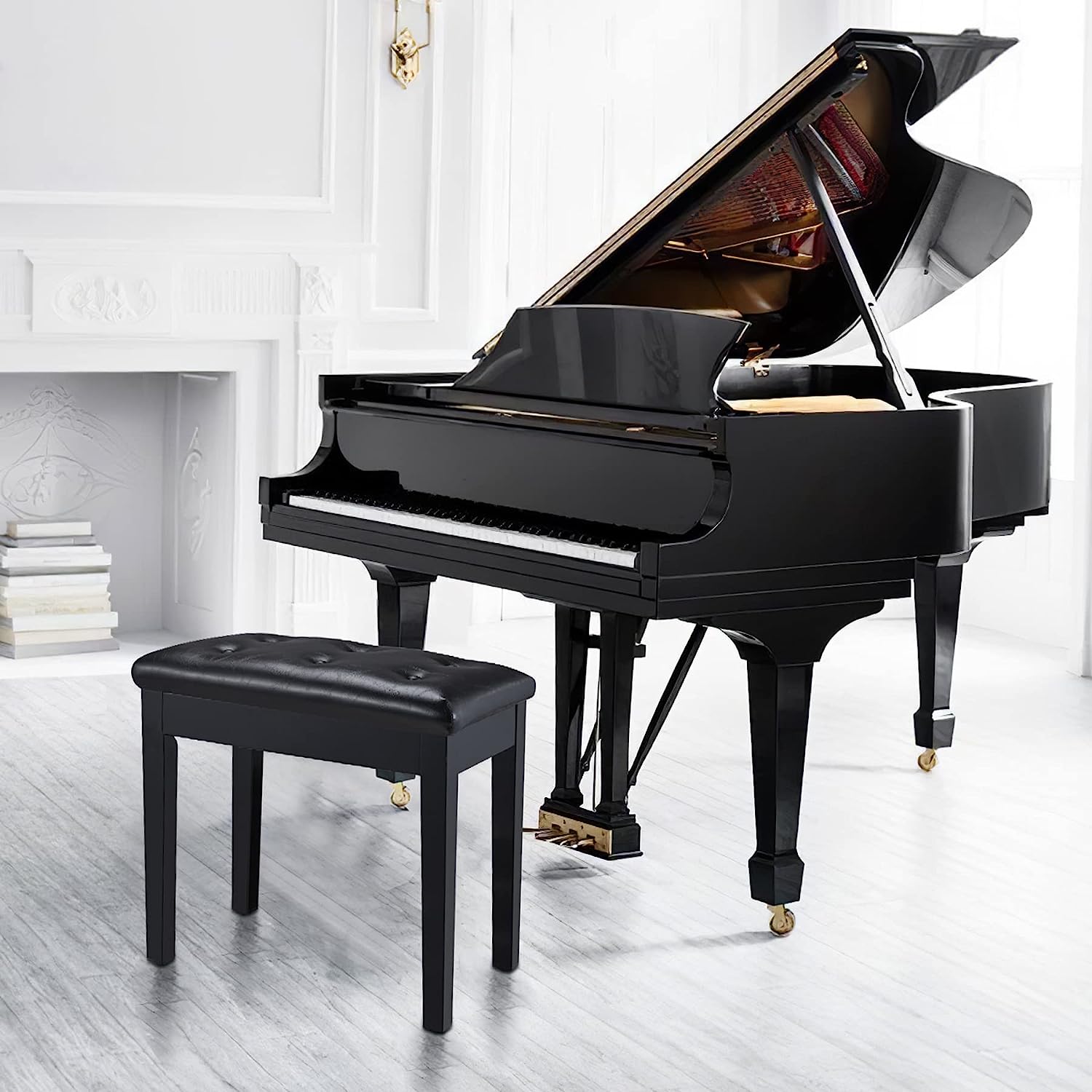



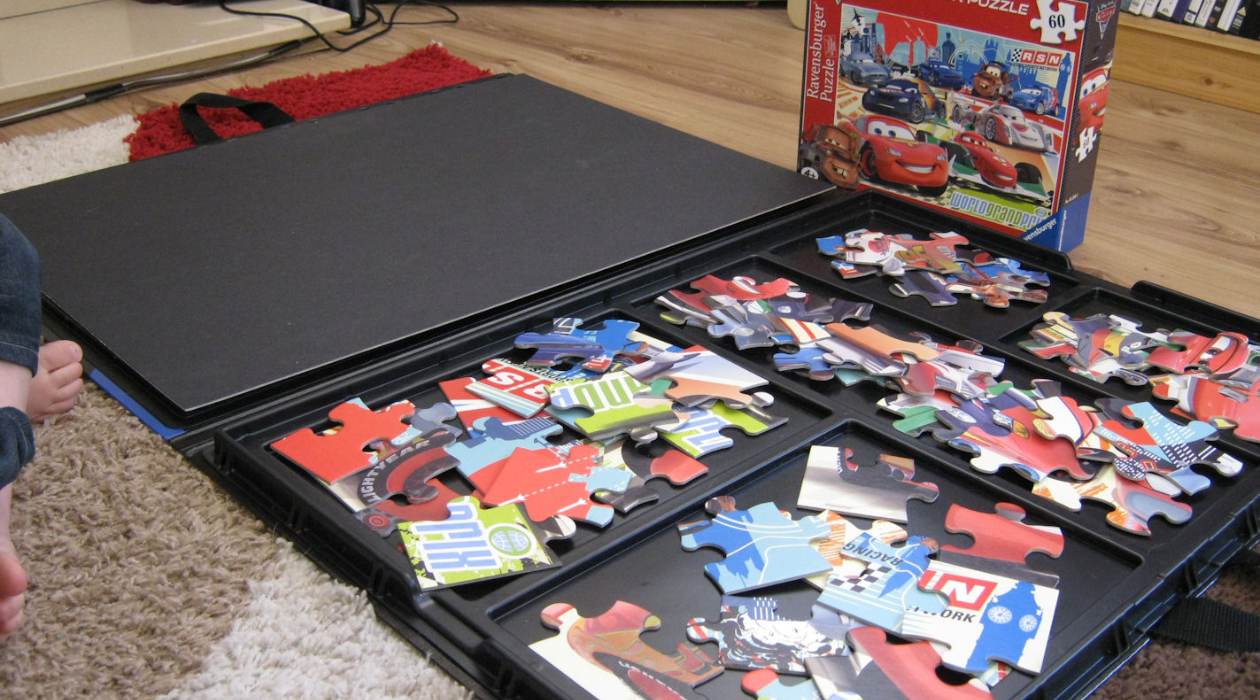
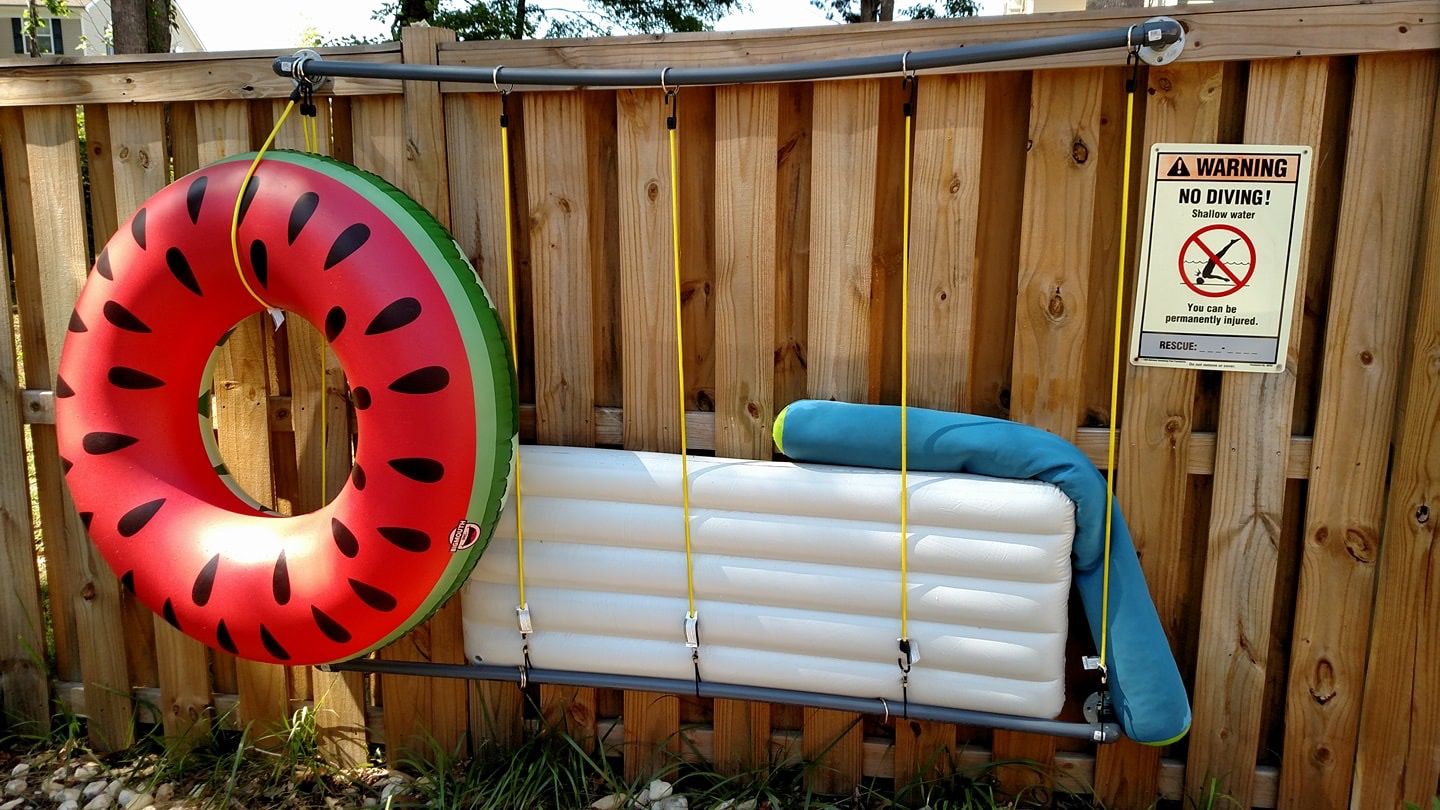
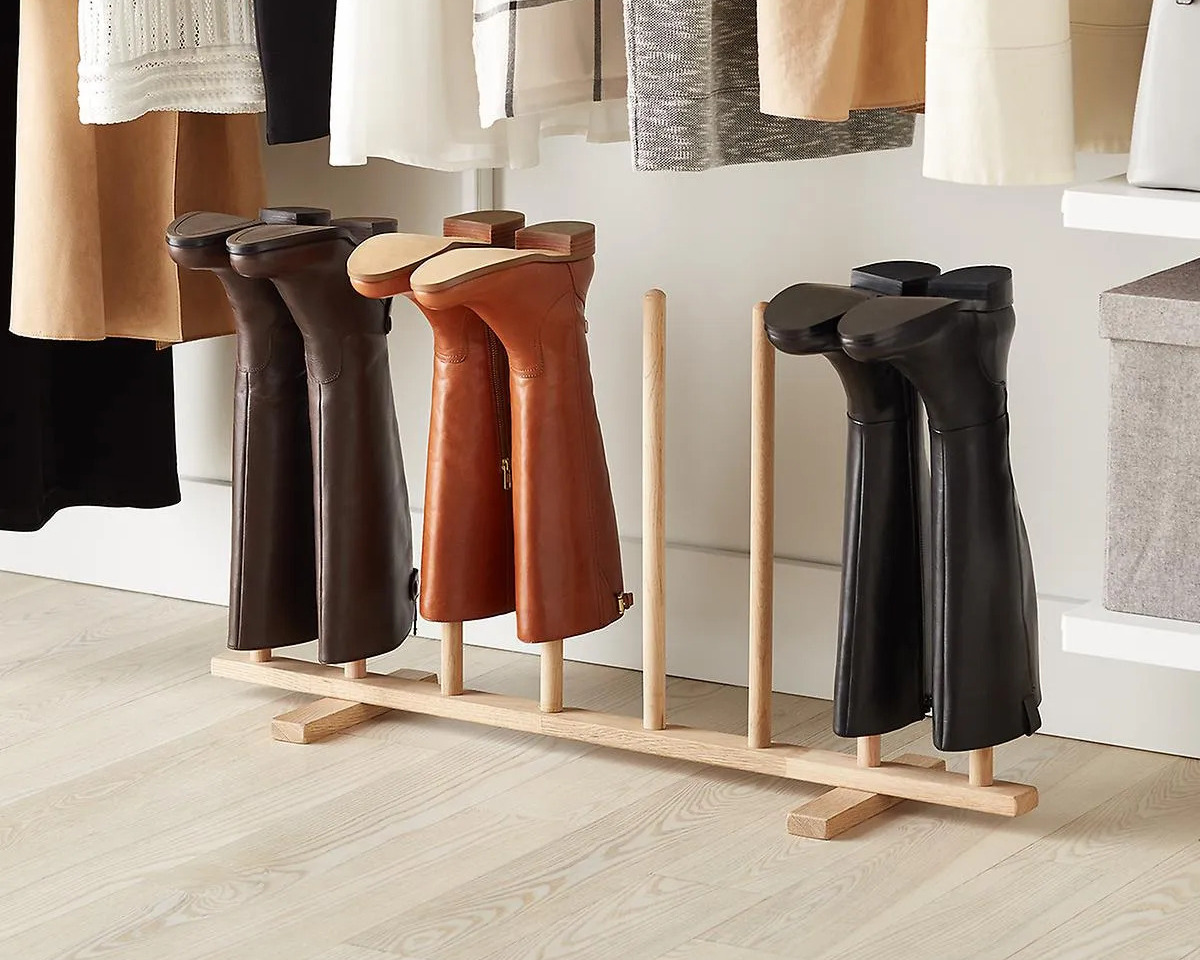
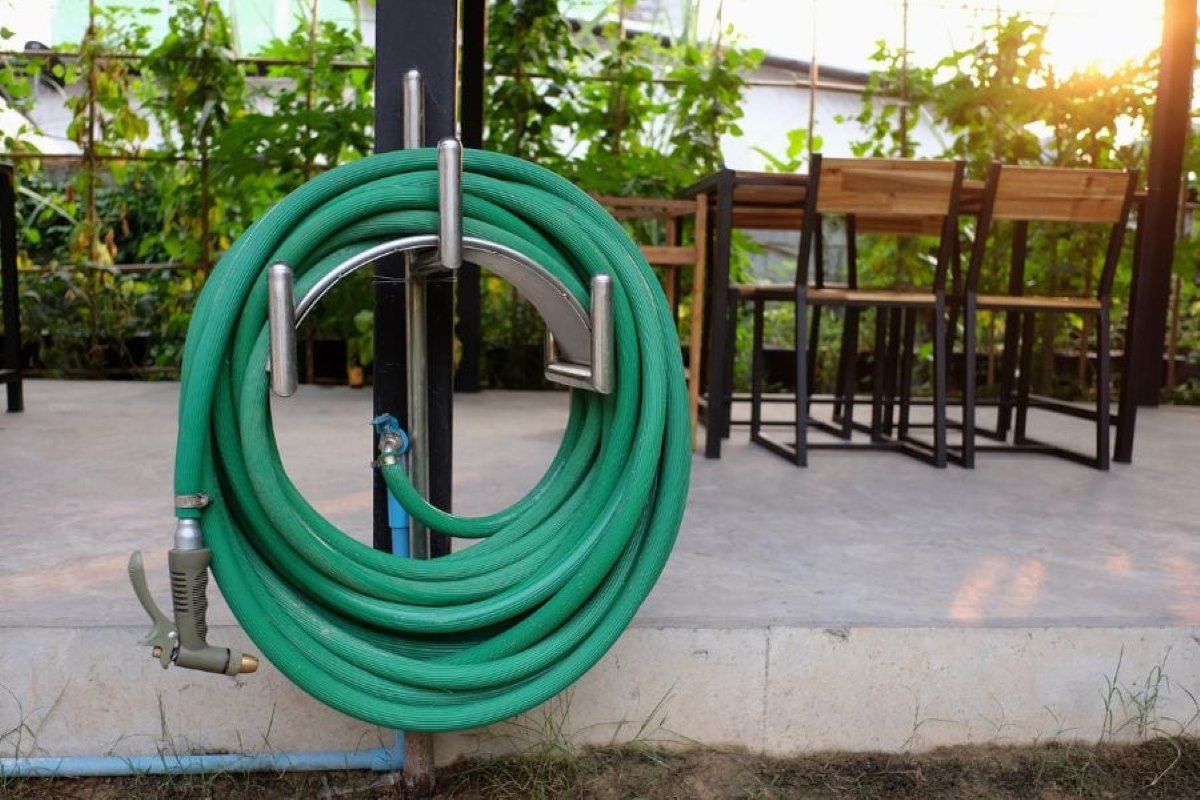
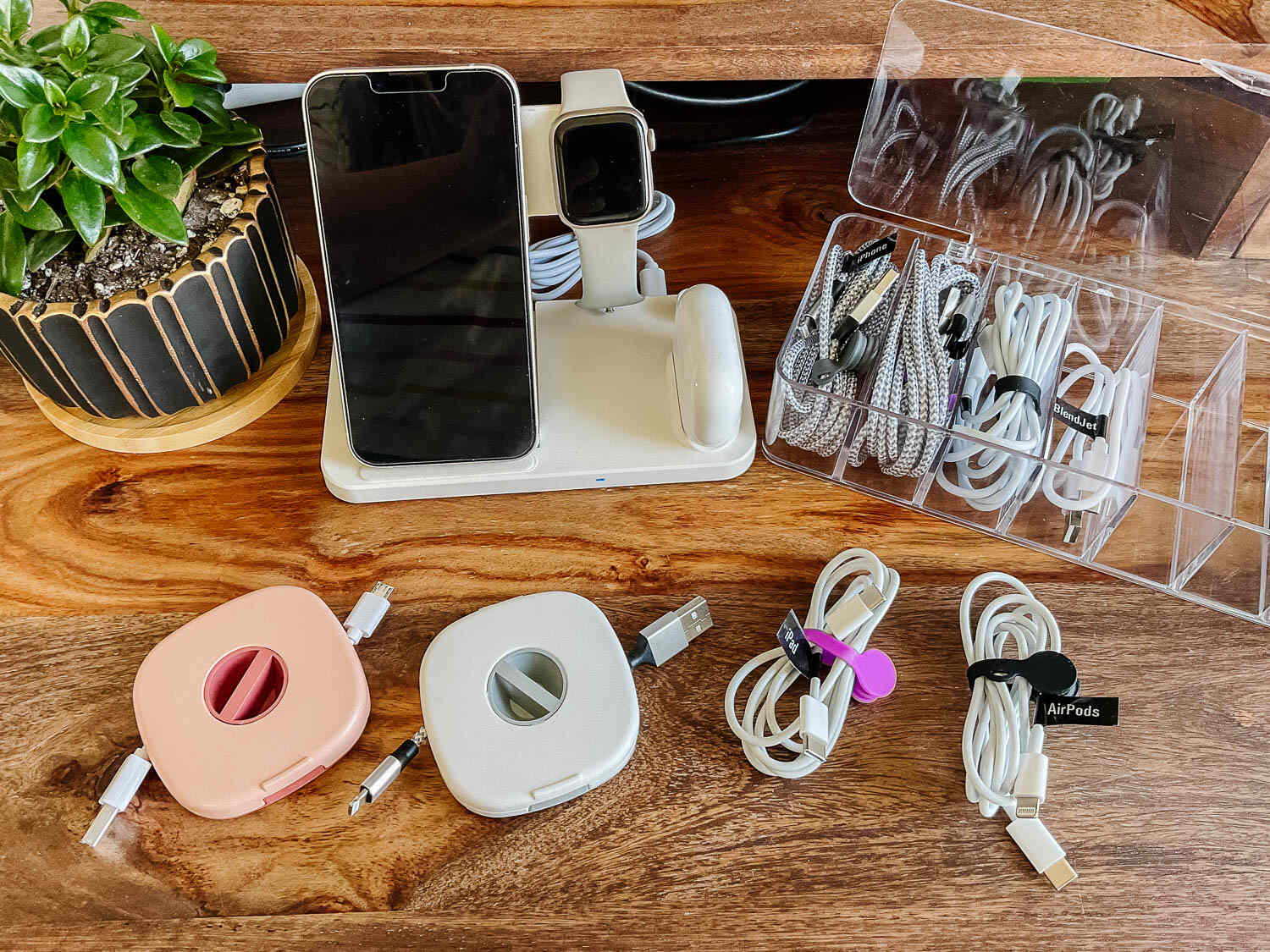
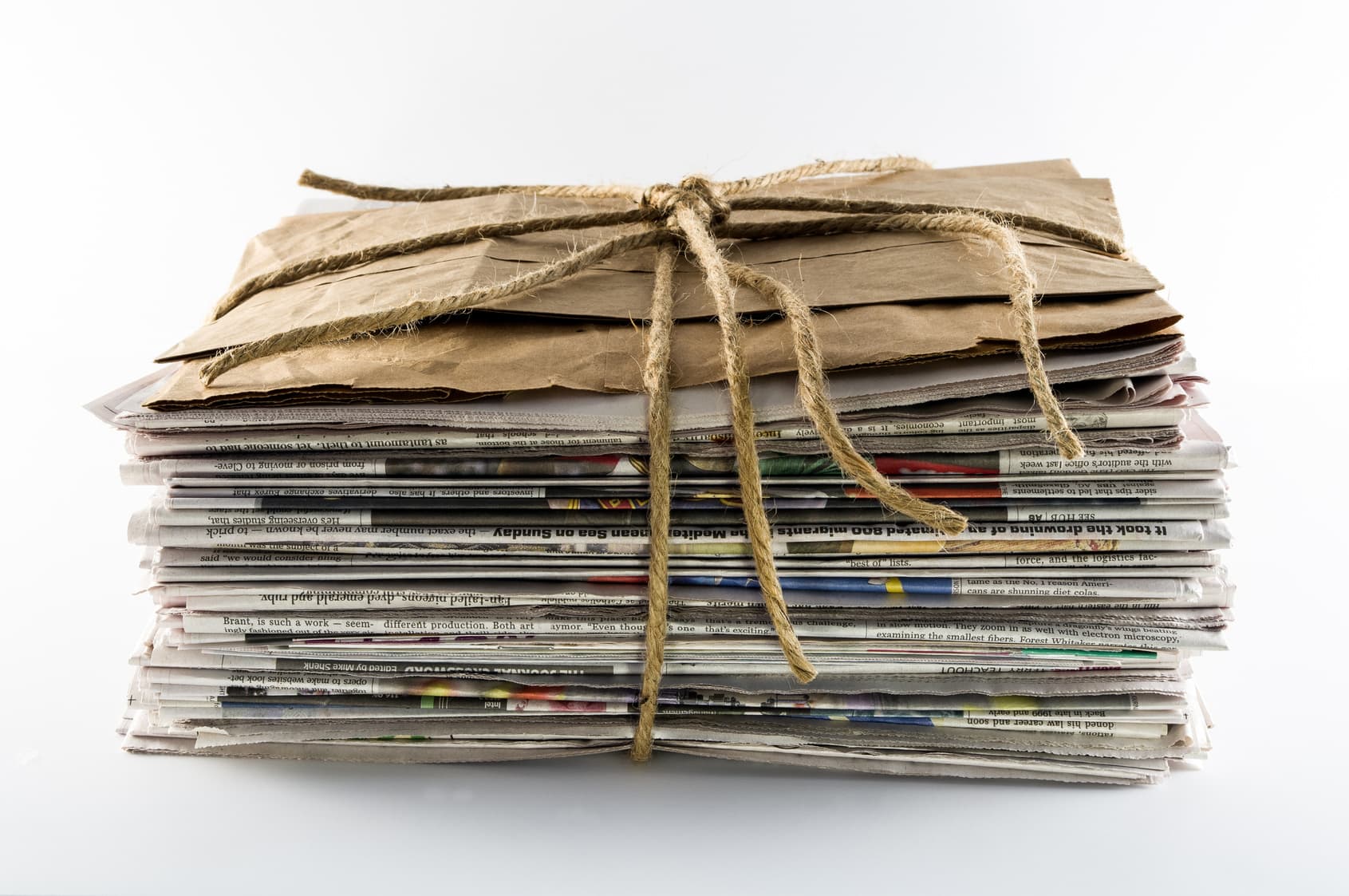

0 thoughts on “How To Store A Piano”